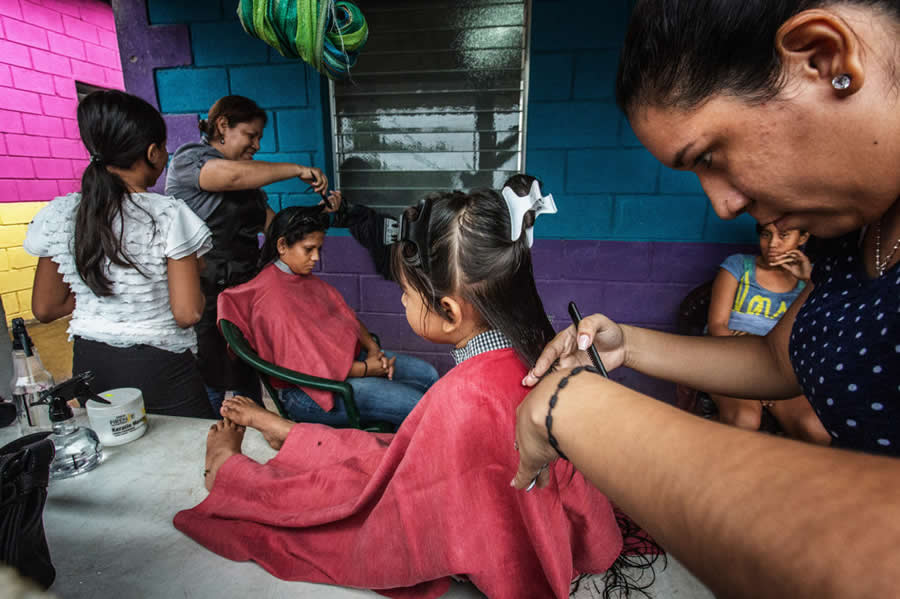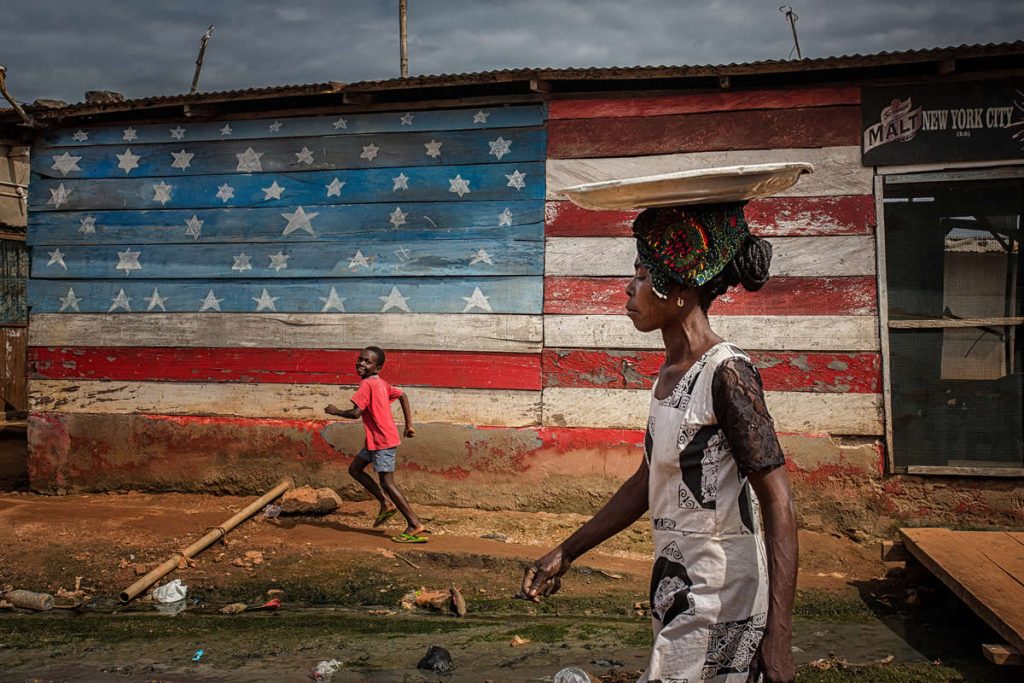French photographer Maude Bardet has an uncanny ability to turn life’s passing instants into visual poetry. Currently based in the Netherlands, Bardet began her creative path far from the world of photography, studying engineering before working in Berlin and later settling in The Hague. Yet her heart was always elsewhere—drawn to travel, new cultures, and the endless stories unfolding in the streets. Photography accompanied her from the start, evolving from architectural studies to environmental portraits, until a 2017 workshop with Nikos Economopoulos in Ghana sparked a profound shift.
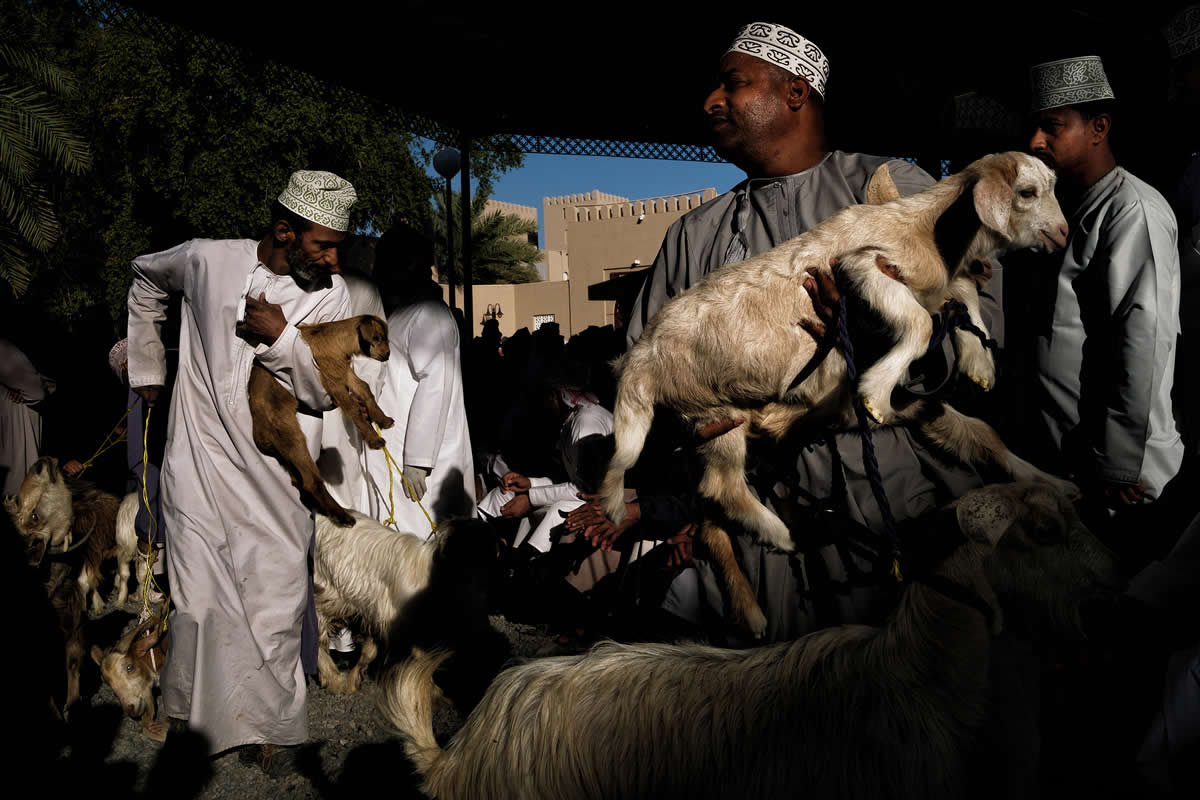
From that moment, street photography became her artistic home. Influenced by acclaimed photographer Maciej Dakowicz, Bardet refined her art of composition and framing, crafting images rich in colors and textures, guided by light and shadows. Her work is instinctive yet intentional—she avoids rigid expectations, preferring to let moments reveal themselves naturally.
Bardet’s lens thrives in vibrant environments like Asia and Africa, where daily life spills generously into the streets. Through strong colors, layered storytelling, and impeccable timing, she captures emotions and stories that resonate universally. Her achievements speak volumes: Lucie Foundation Open Call winner (2022), multiple international awards, and exhibitions from New York to Venice.
This collection of 30 poetic street photos reveals Bardet at her best—street photography at its most compelling. Each image transforms chaos into harmony, fleeting glances into lasting narratives, and the ordinary into something unforgettable.
You can find Maude Bardet on the web:
#1
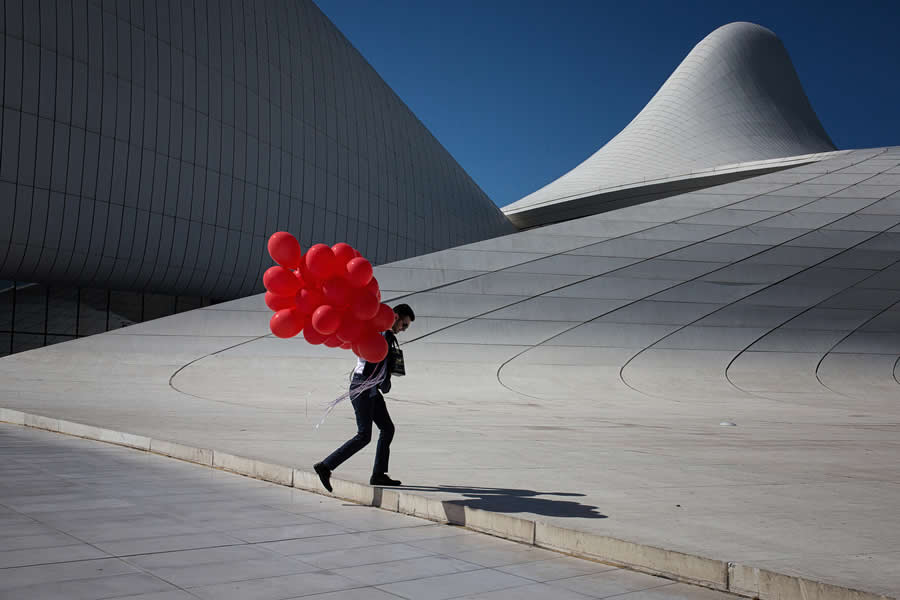
#2
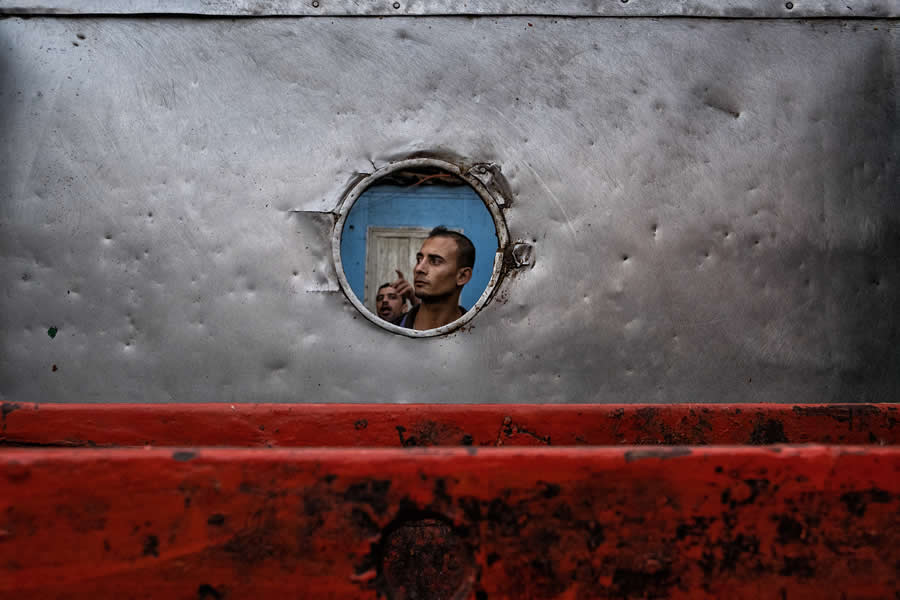
#3
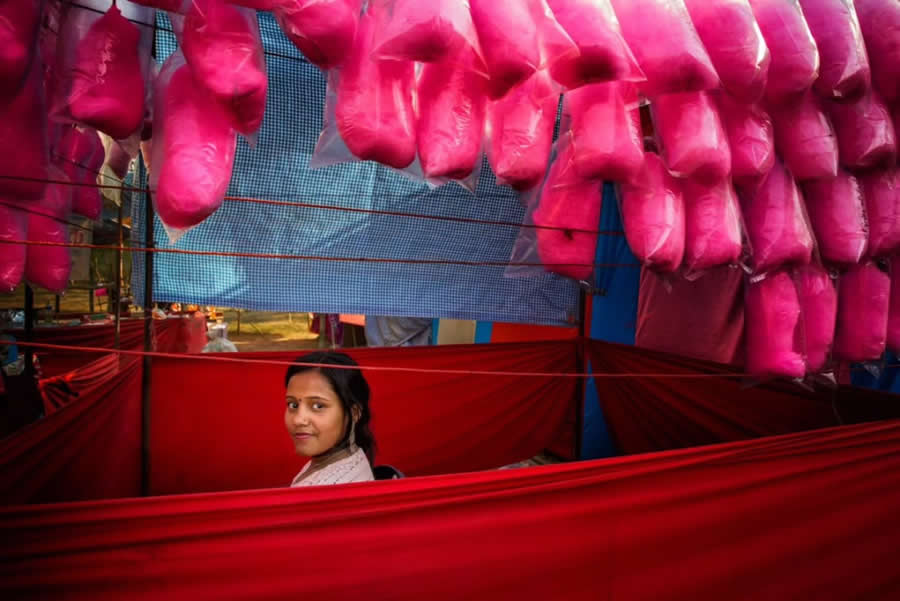
The Art of Composition and Framing
Maude Bardet’s incredible street photography stands out for its masterful use of composition and framing. She approaches the streets like a visual architect, balancing every element within the frame to create a sense of order amidst urban chaos. Rather than relying solely on spontaneity, Bardet skillfully positions subjects within lines, shapes, and textures, allowing the viewer’s eye to flow naturally through the image.
Her training in architecture and engineering subtly influences her work, giving her an acute awareness of spatial relationships. This precision doesn’t strip her images of life—it enhances them, amplifying their narrative power. Each photograph is a carefully constructed stage where reality unfolds, making her frames not just captures of life, but compositions worthy of fine art.
#4
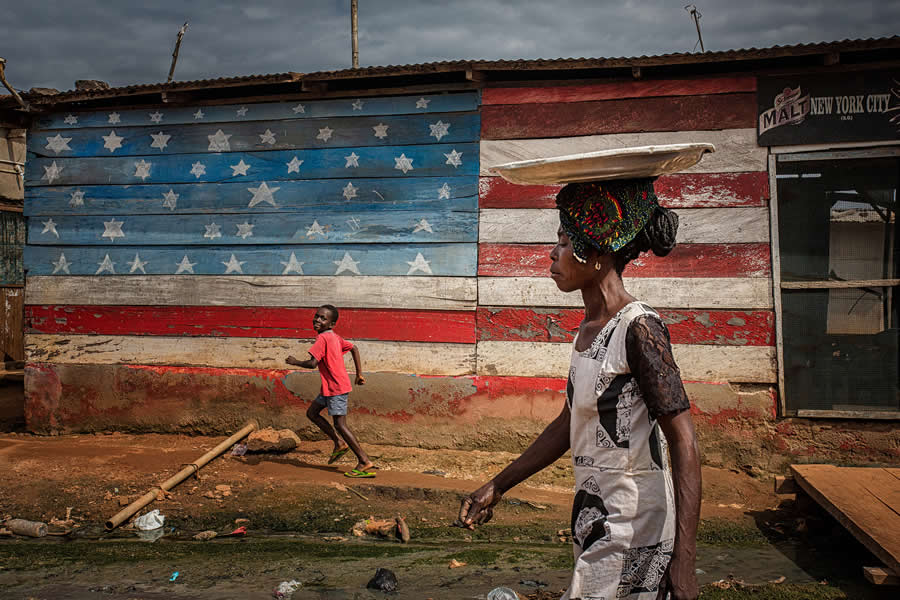
#5
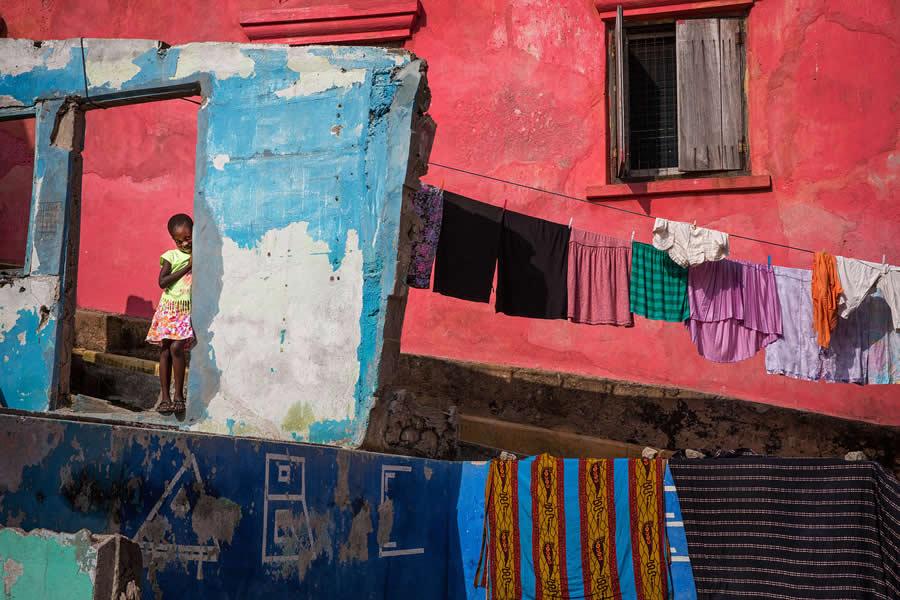
#6
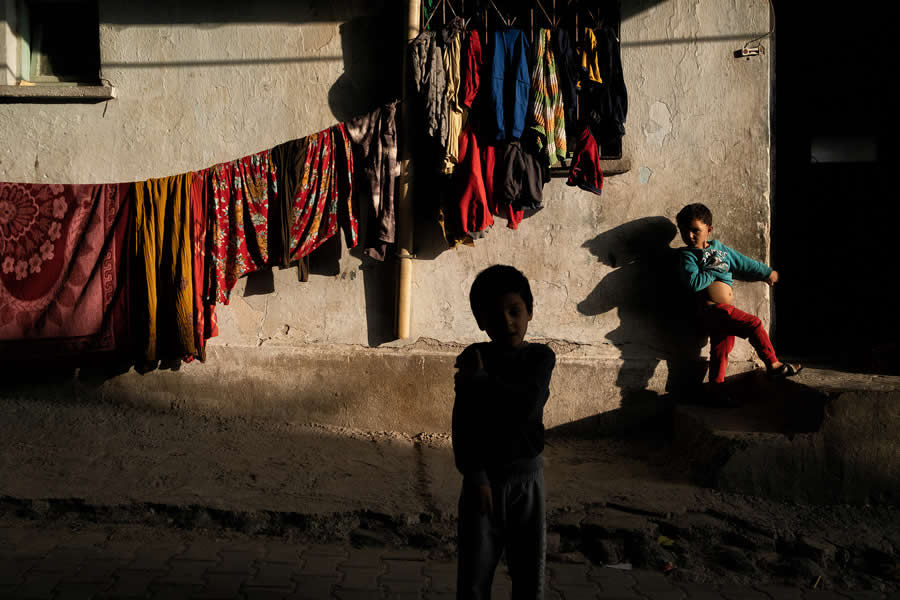
Guided by Colors and Textures
Color is not just an aesthetic choice in Bardet’s work—it’s a storytelling device. Her images pulse with vibrant palettes, from the earthy tones of African markets to the electric hues of Indian streets. Textures add another layer, whether it’s the roughness of weathered walls, the sheen of silk fabrics, or the shimmer of sunlight on metal.
Bardet uses these visual elements to build atmosphere, immersing viewers in the sensory richness of the scene. Colors and textures guide the composition, often anchoring the frame or providing contrast to the human subjects. Through her lens, the tactile becomes visible, and the visual becomes almost touchable—a rare skill in street photography at its best.
#7
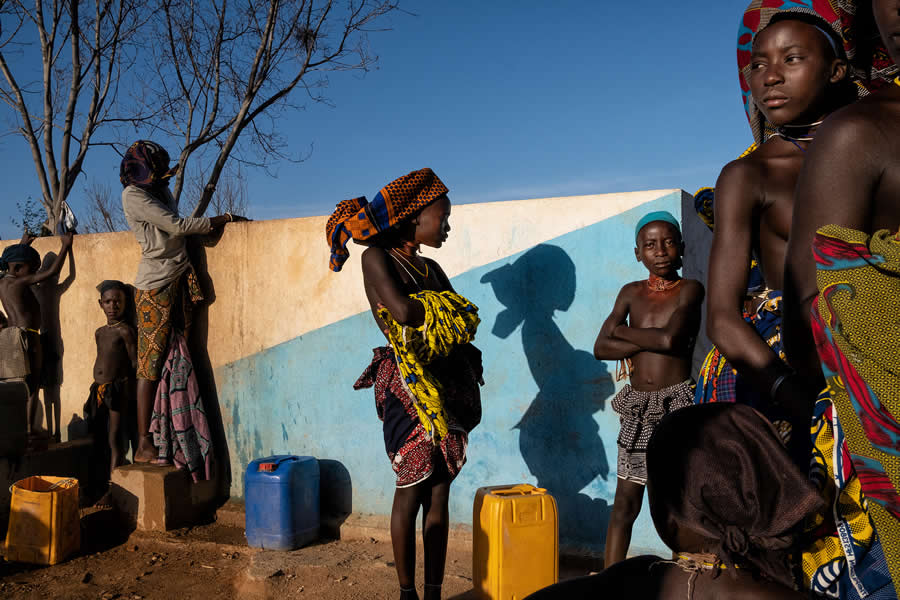
#8
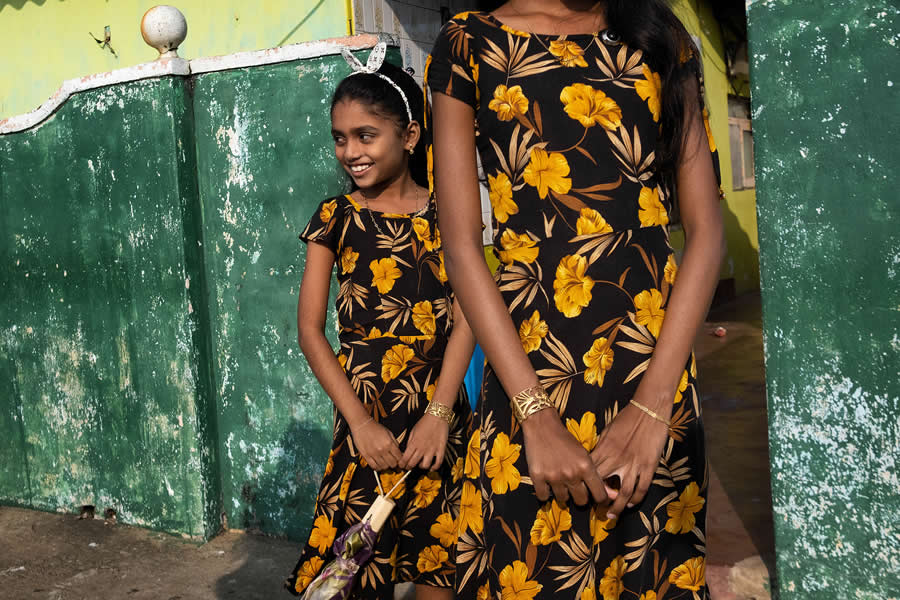
#9
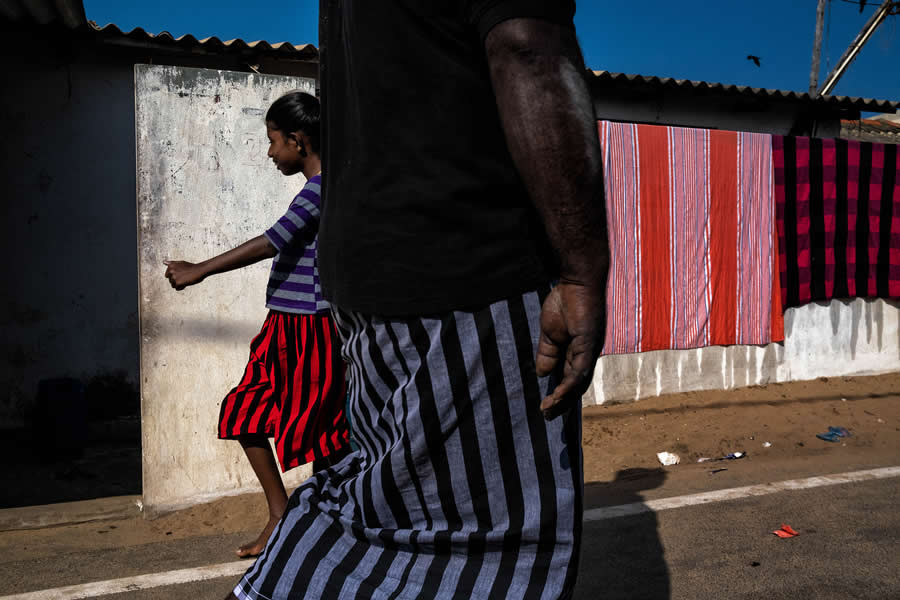
Light and Shadows as Storytellers
Bardet treats light and shadow not as mere photographic tools, but as co-authors of her visual narratives. She often waits for the perfect alignment—when sunlight carves a subject out of the background or shadows weave intricate patterns across the street. This interplay adds drama, depth, and dimension to her work, transforming simple moments into cinematic scenes.
In some frames, light isolates a gesture or expression, while shadows conceal and hint, creating a sense of mystery. By mastering this delicate balance, Bardet elevates everyday life into timeless art. Her ability to harness natural light with precision is a hallmark of her award-winning photography.
#10
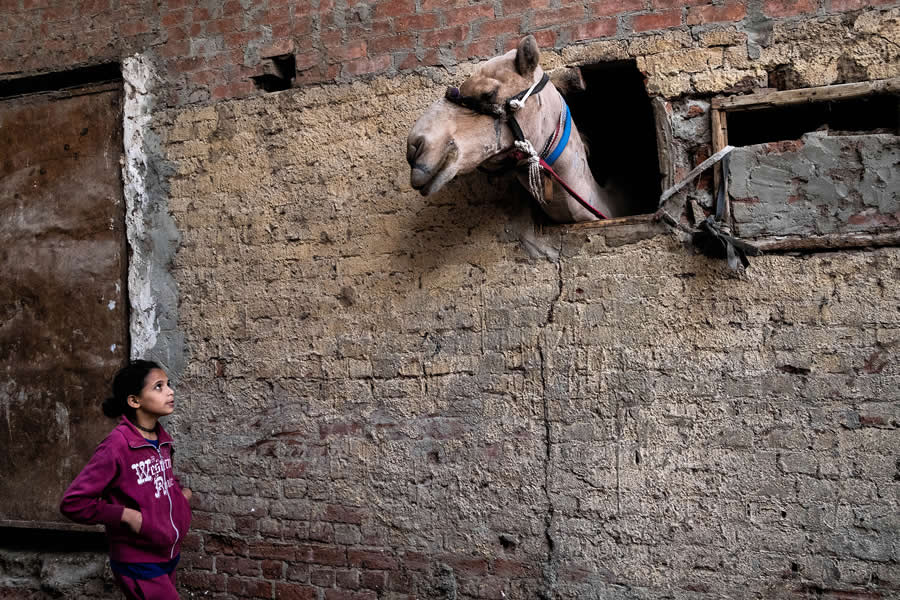
#11
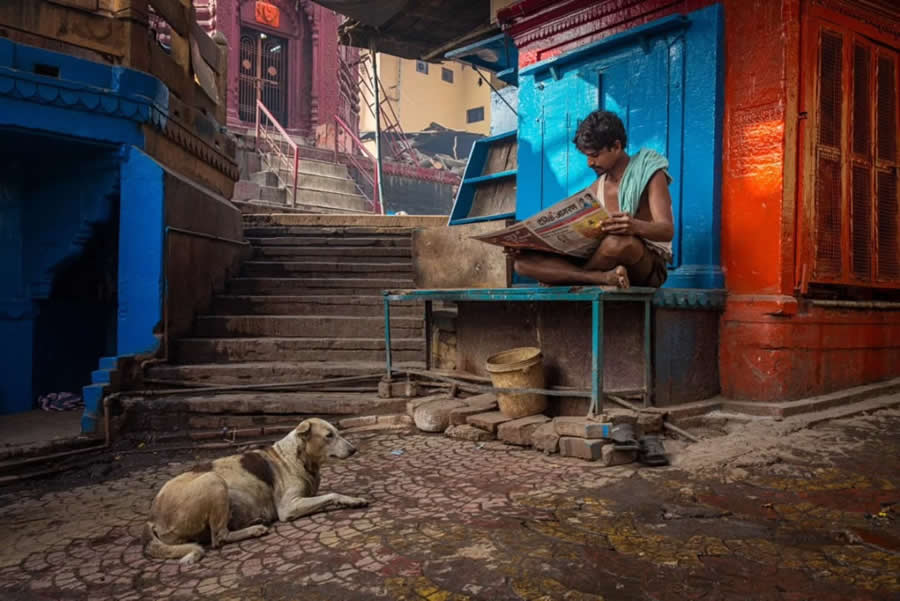
#12
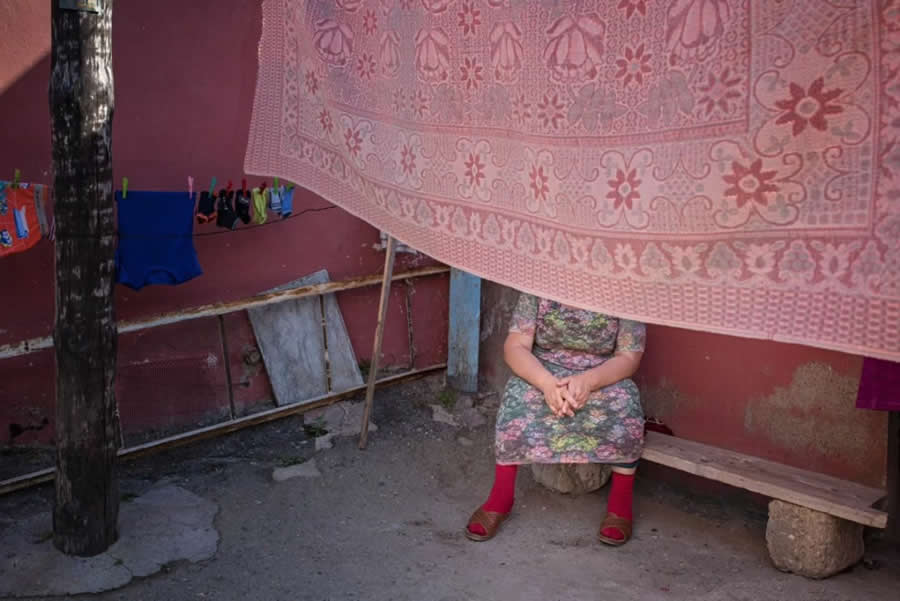
Capturing Emotions and Stories
At the heart of Maude Bardet’s photography is a deep sensitivity to the human condition. She captures fleeting emotions—laughter, contemplation, fatigue, or joy—often in the briefest of encounters. Each subject, whether aware of her presence or lost in their own world, becomes part of a larger narrative. Her images don’t just show people; they reveal the emotional undercurrents of their lives.
Bardet’s respect for her subjects ensures authenticity, avoiding clichés while honoring individuality. This emotional depth, paired with her strong visual style, is what makes her work resonate across cultures and continents. Every photograph becomes a short story, told in light, color, and human expression.
#13
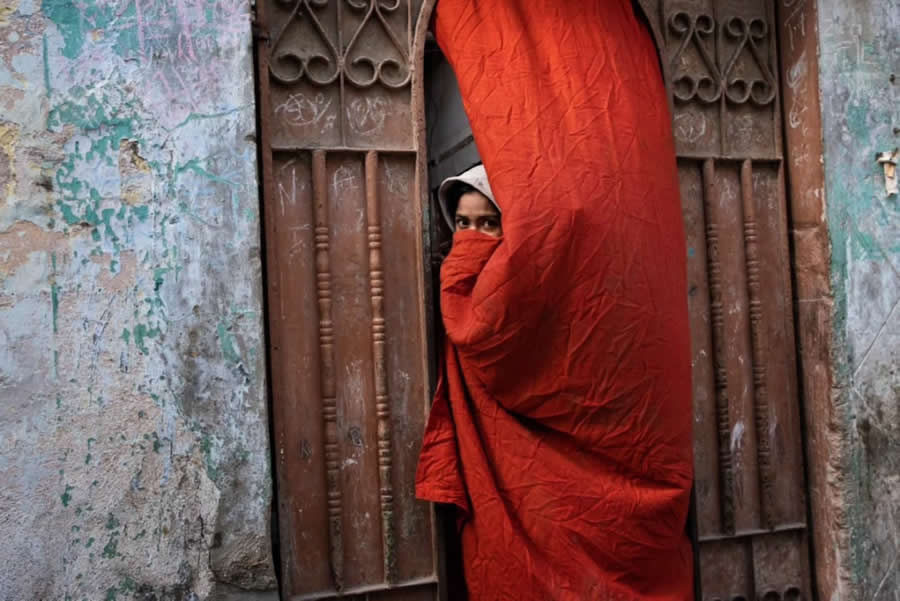
#14
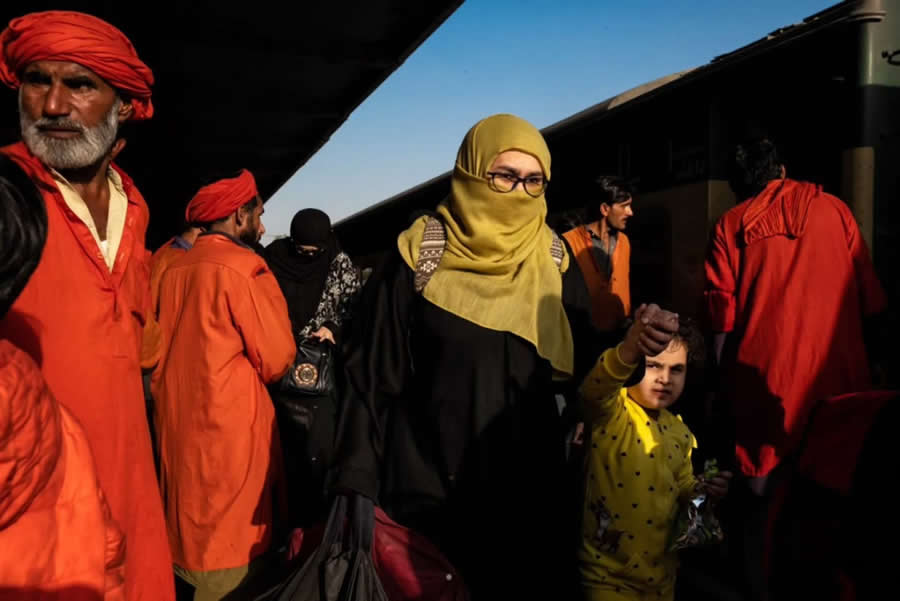
#15
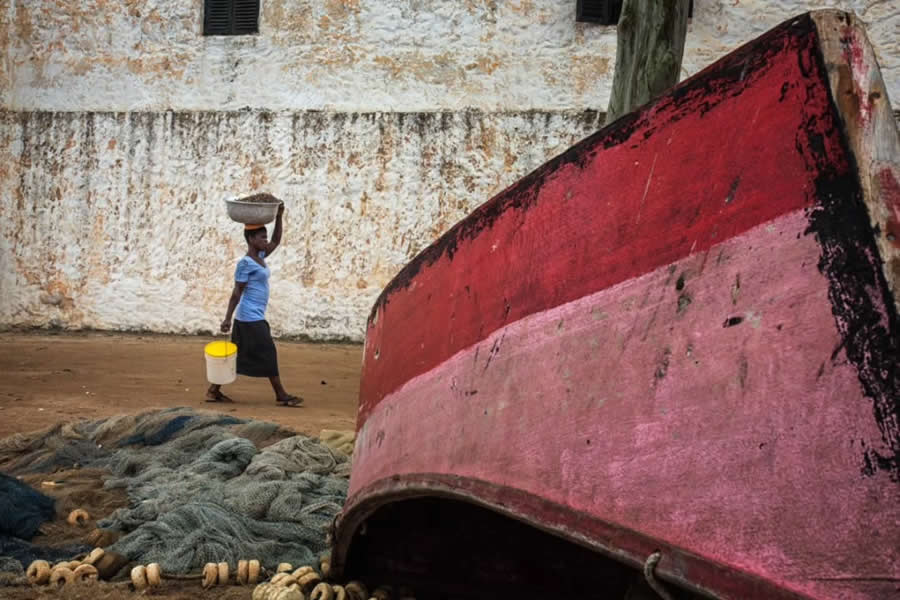
A Global Lens on Street Life
Bardet’s work spans continents, yet it maintains a cohesive artistic identity. She prefers the streets of Asia and Africa, where public life brims with activity and layered interactions. In places like India, Cairo, or rural markets in Ghana, she finds an openness and vibrancy that fuels her creativity. European cities, with their quieter, more private rhythms, offer fewer opportunities for her dynamic approach.
This global perspective enriches her portfolio, offering viewers a tapestry of cultural contexts while maintaining her signature style. Each location becomes both a backdrop and a character in her visual storytelling, reinforcing her status as an award-winning photographer with a truly international voice.
#16
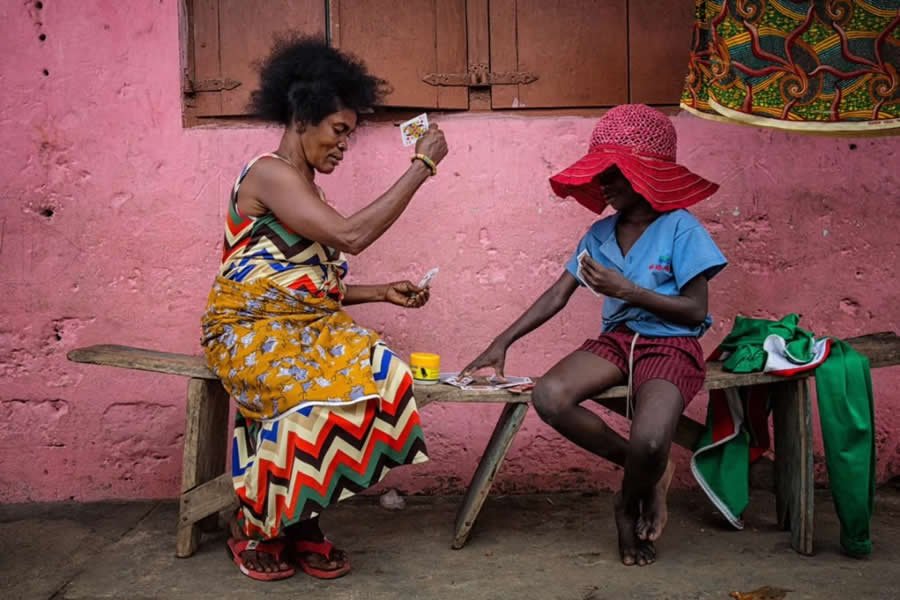
#17

#18
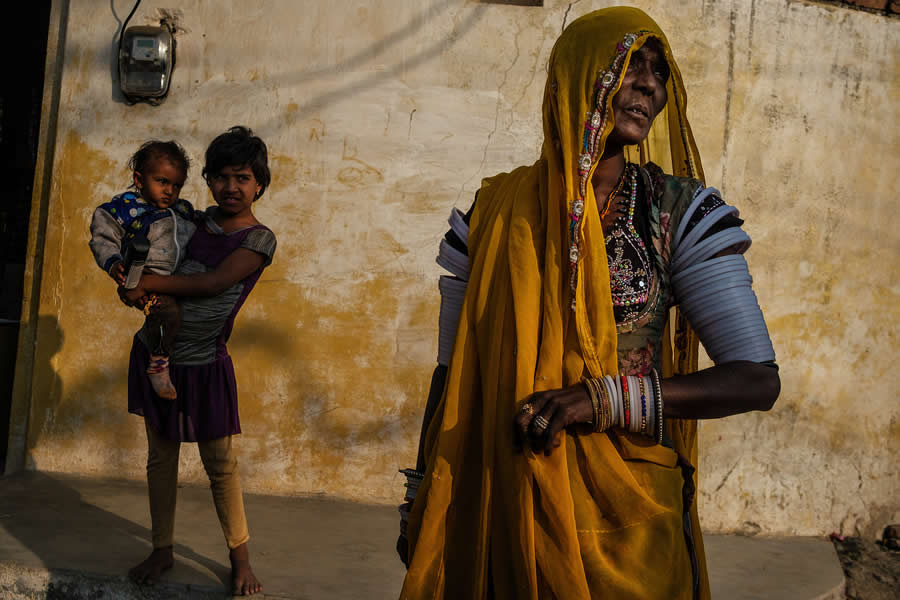
The Discipline of Spontaneity
While her photographs may feel serendipitous, Bardet’s process is a disciplined form of spontaneity. She keeps an open mind on the streets, avoiding the trap of hunting for specific images. Instead, she allows the environment to guide her, trusting her instincts and visual training to recognize the right moment when it appears.
This approach demands patience, acute observation, and a willingness to embrace the unexpected. By not forcing a narrative, Bardet remains open to the subtle, often overlooked interactions that give her work its authenticity. The result is street photography that feels alive—moments that breathe long after the shutter clicks.
#19

#20
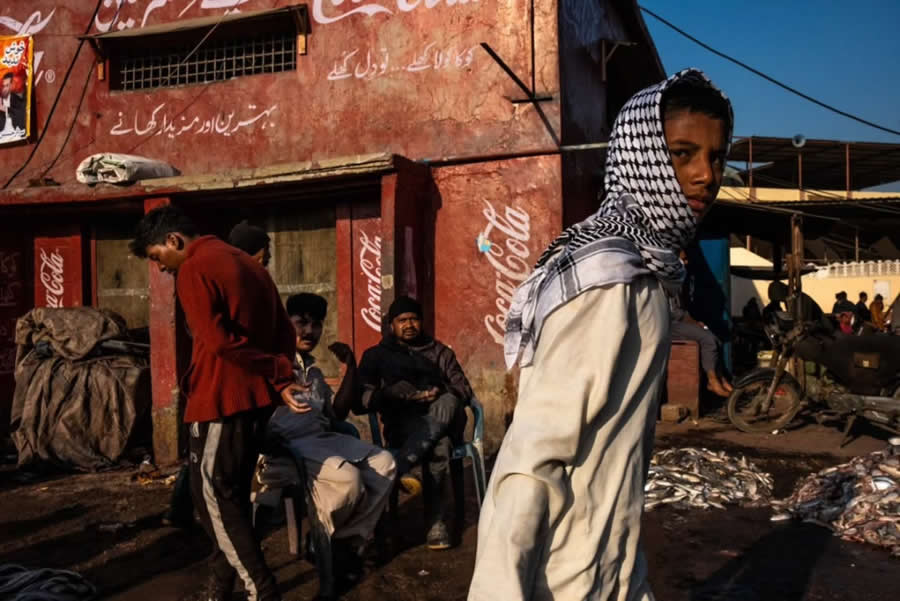
#21

From Architecture to Humanity
Bardet’s early focus on architecture instilled in her a keen sense of form, structure, and balance. Over time, her curiosity shifted toward the human stories unfolding within those spaces. This transition from photographing buildings to capturing people reflects her artistic evolution. The compositional discipline from her architectural work remains, but now it serves to frame gestures, glances, and human interactions.
This fusion of architectural precision and human spontaneity is rare in street photography, giving her images a distinctive tension—where order meets unpredictability. It’s a testament to her adaptability and her ever-deepening engagement with the art form.
#22
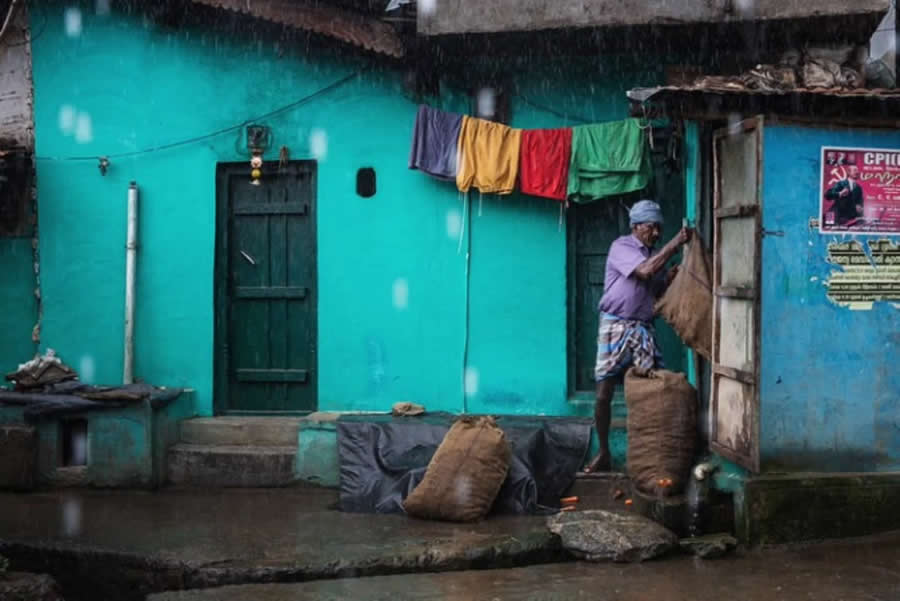
#23
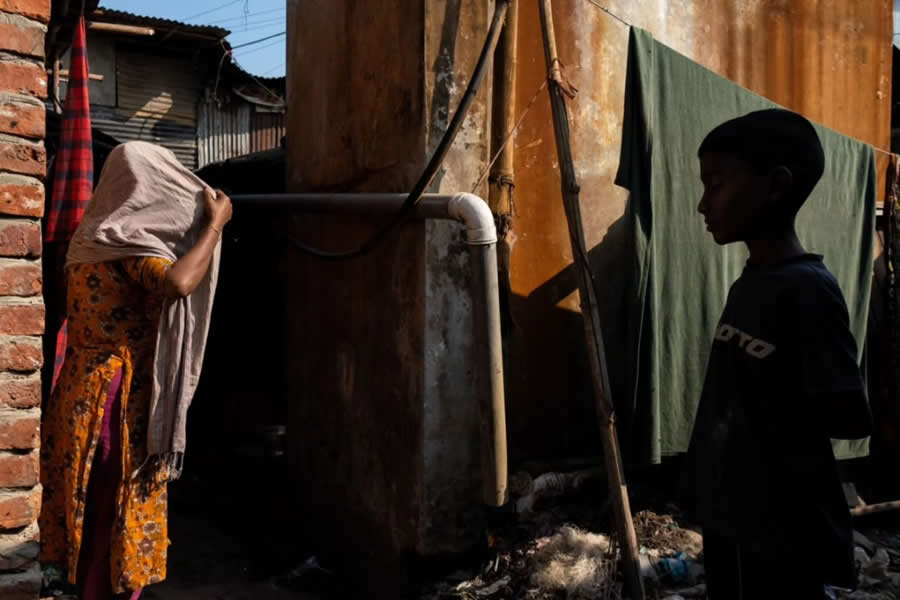
#24

Recognition and Impact
Maude Bardet’s incredible street photography has earned her international acclaim. From winning the Lucie Foundation Open Call in 2022 to multiple honors from LensCulture, PX3, and IPA, her achievements underline both her skill and her consistency. Her work has been exhibited in New York, Venice, Brussels, Rome, Sydney, and beyond—cementing her place among contemporary street photography’s most compelling voices. Yet Bardet remains focused on the joy of creation rather than accolades. For her, the greatest reward is still the moment of capture—the split second when composition, color, light, and human presence align in perfect harmony.
#25
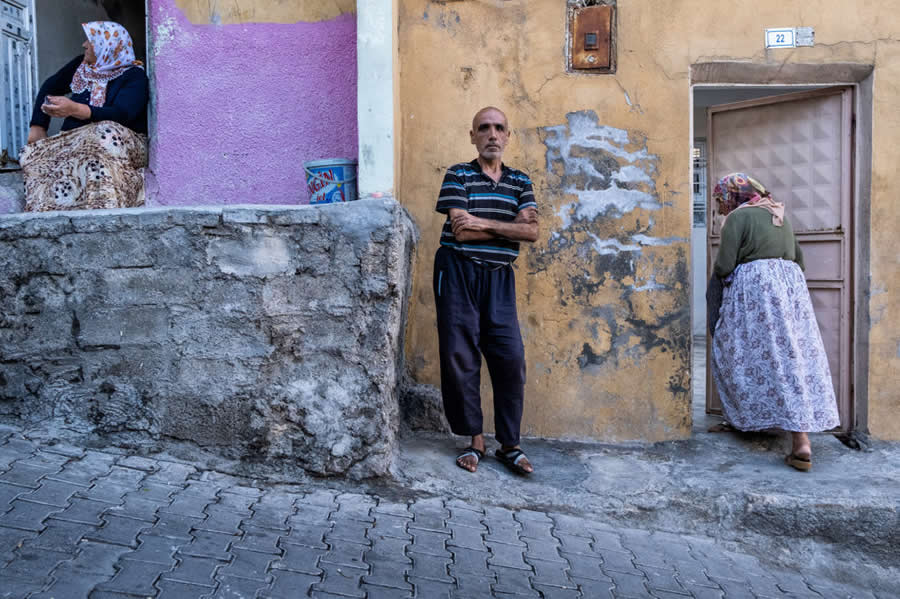
#26
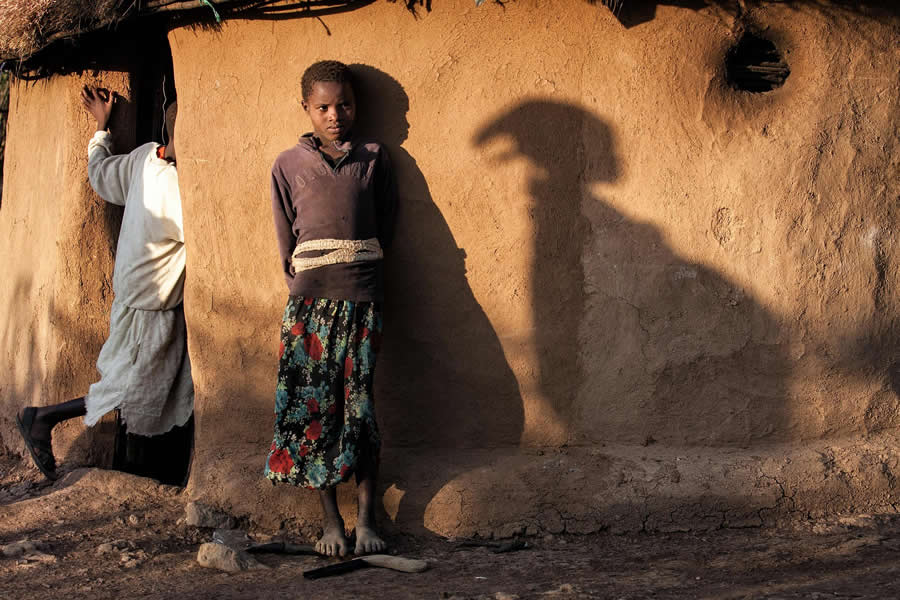
#27
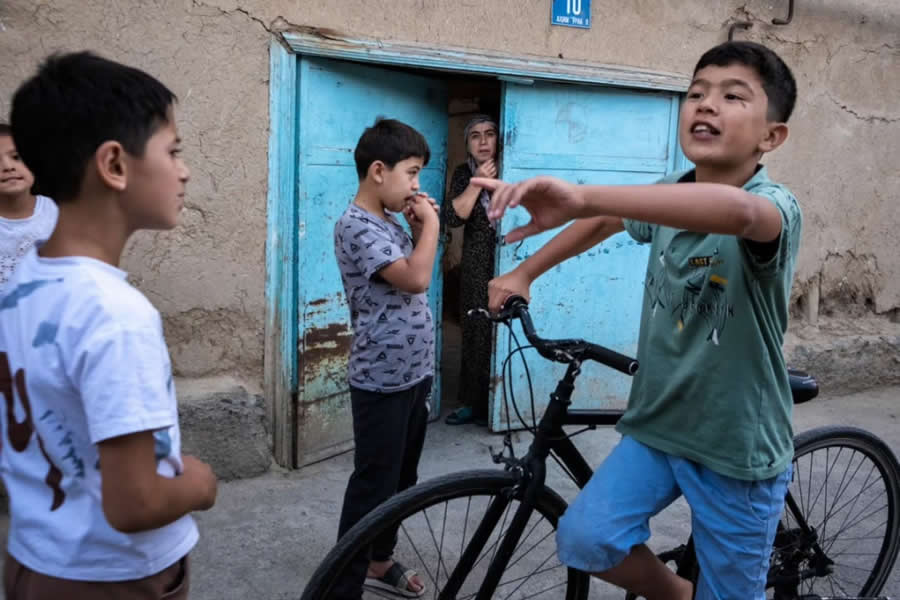
Conclusion
Maude Bardet’s street photography is a masterclass in turning the fleeting into the eternal. With her art of composition and framing, mastery of colors and textures, and intuitive grasp of light and shadows, she transforms ordinary streets into living canvases. Her global lens offers a diversity of settings, yet her voice remains consistent—poetic, bold, and deeply human.
Bardet’s ability to organize visual chaos into harmonious frames reveals not just her technical skill, but her empathy and curiosity. These 30 poetic street photos are more than images; they are timeless fragments of life, proof that in the right hands, even the briefest moment can become enduring art.
#28
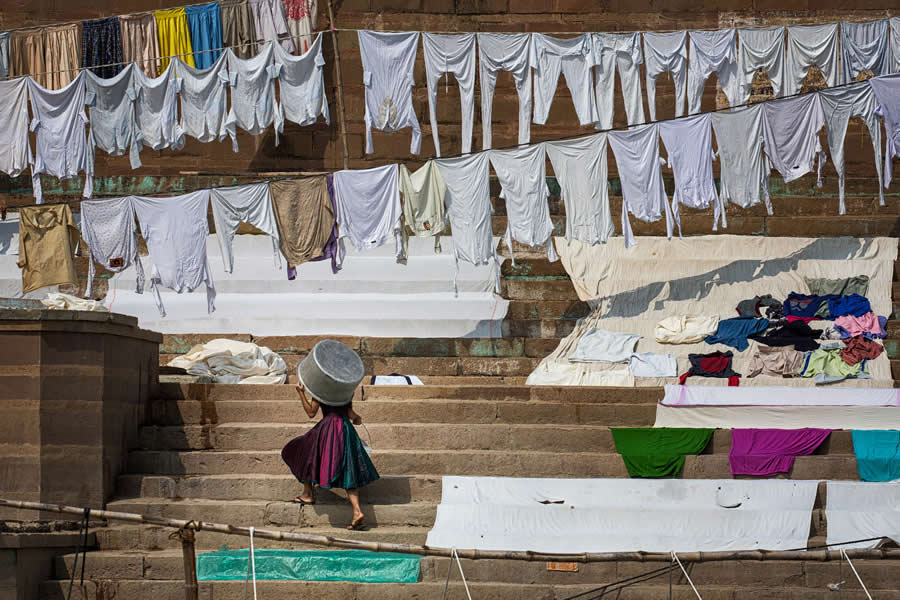
#29
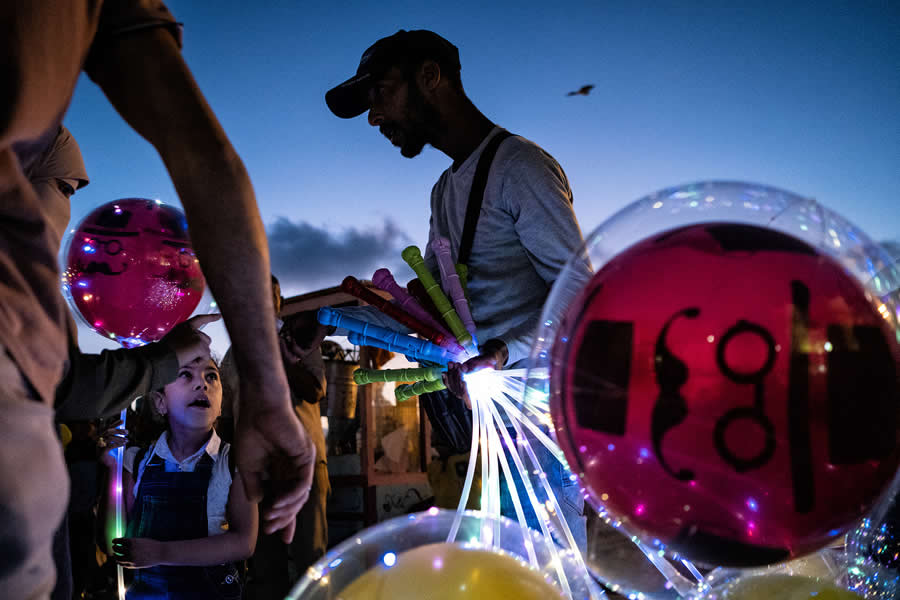
#30
